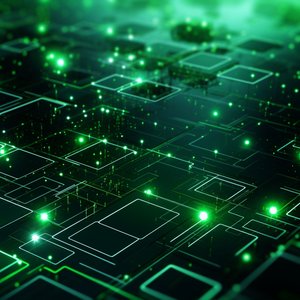

Top Posts
Most Shared
Most Discussed
Most Liked
Most Recent
By Paula Livingstone on April 18, 2023, 6:46 p.m.
Tagged with: Consensus Big Data Blockchain Decentralization Scalability AI IOT Optimization Architecture Infrastructure 5G Compliance
In previous posts we looked at the massive potential of the Internet of Things (IoT) as well as the challenges it faces. We discussed how blockchain technology could help mitigate some IoT security, scalability, and decentralization issues. Now let's explore where Blockchain-IoT integration needs to develop further.
Enhancing Scalability
While blockchain is promising for IoT, significant work remains to improve blockchain scalability and throughput for massive IoT data volumes. Promising directions include sharding, sidechains, off-chain channels, and alternative consensus models.
Lightweight IoT Devices
Running blockchain clients on resource-constrained IoT devices is still difficult. Further research on ultra-lightweight cryptography, consensus protocols, and layered architectures is needed to fully decentralize IoT at the edge.
Evolving Blockchain Infrastructure
Enterprise IoT needs blockchain platforms that offer functionality beyond cryptocurrency transactions. Areas like smart contracts, governance mechanisms, confidentiality, and native asset support require continued evolution.
Compliance and Regulations
As blockchain-IoT sees greater real-world deployment, challenges around regulatory uncertainty, legal jurisdiction, and compliance need addressing through international collaboration.
Broader Integration
Integrating blockchains with emerging technologies like 5G, artificial intelligence, and big data analytics offers new opportunities. These areas require further interdisciplinary research and standardization.
While blockchain is no magic bullet, its continued optimization and integration with IoT looks promising to fulfil the technology's destiny. We hope you enjoyed this blog series exploring the intersection of these two transformative technologies!
Similar Posts
Here are some other posts you might enjoy after enjoying this one.
Start the discussion
Post Discussion
Reply to
Want to get in touch?
I'm always happy to hear from people. If youre interested in dicussing something you've seen on the site or would like to make contact, fill the contact form and I'll be in touch.






No comments yet. Why not be the first to comment?